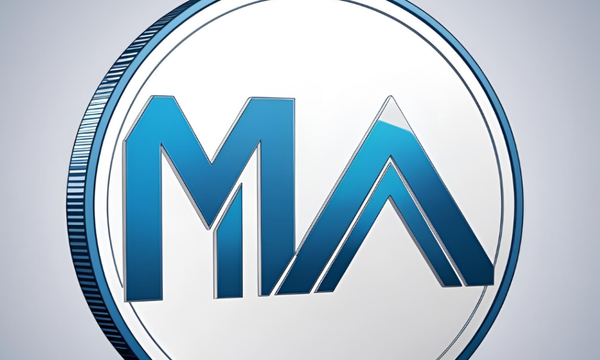WLFI USD1 Stablecoin Becomes First Treasury-Backed Asset Integrated With Kernel DAO Infrastructure

World Liberty Financial, the Trump family-backed cryptocurrency project, announced the integration of its USD1 stablecoin with Kernel DAO as a restakable asset. CoinDoo reported that this partnership represents the first time USD1 will secure third-party decentralized applications. The stablecoin, backed by U.S. Treasuries, can now be restaked through Kernel's infrastructure to generate additional yield while providing economic security to external protocols.
Revolutionary Stablecoin Utility Beyond Traditional Payments
The integration transforms USD1 from a simple payment instrument into an active participant in blockchain security infrastructure. According to Crypto Economy, users can now allocate their Treasury-backed stablecoin to strengthen Kernel DAO's network while earning additional returns. This development extends beyond traditional stablecoin functions and creates new revenue streams for holders.
Kernel DAO operates as a modular blockchain security protocol that allows various assets beyond ETH to participate in decentralized validation. The protocol leverages restaking mechanisms to provide shared economic security for multiple blockchain applications simultaneously. Cryptonews noted that users receive Kernel points as rewards for restaking their USD1 holdings, creating dual benefits of passive income and network security participation.
Expanding Restaking Market Gains New Treasury-Backed Asset
The liquid restaking sector experienced explosive growth throughout 2024 and 2025. BeInCrypto reports that the total value locked in liquid restaking protocols has exceeded $15 billion, with protocols like Ether.fi and Kelp leading market adoption. The integration of USD1 adds a Treasury-backed stablecoin to this growing ecosystem, potentially attracting institutional investors seeking regulated exposure to restaking yields.
Kernel DAO manages over $2 billion in total value locked across its three core products: Kernel on BNB Chain, Kelp on Ethereum, and Gain vaults. The protocol has established partnerships with more than 50 DeFi projects and secured funding from prominent investors including Binance Labs. Messari analysis shows the protocol has positioned itself as a leading restaking infrastructure provider across multiple blockchain networks.
The timing aligns with broader market trends toward stablecoin utility expansion. CoinDesk reported that Standard Chartered expects the stablecoin market to reach $2 trillion by 2028, driven by regulatory clarity and institutional adoption. USD1's Treasury backing positions it favorably as traditional finance increasingly embraces digital assets.
Market Context and Industry Implications
The partnership reflects broader industry momentum toward integrating traditional financial backing with DeFi infrastructure. World Liberty Financial raised over $550 million through its WLFI token sales and has positioned USD1 as a fully regulated stablecoin alternative. The company announced plans to launch USD1 on multiple blockchain networks, with BitGo providing custody services for reserves.
Recent regulatory developments support the integration's timing. The proposed Genius Act in the United States aims to provide clearer frameworks for stablecoin operations. This legislation could legitimize stablecoin participation in complex DeFi protocols like restaking, potentially reducing regulatory uncertainty for projects like WLFI.
The restaking sector continues attracting institutional attention as investors seek higher yields on traditional assets. Ethereum staking currently secures 33.8 million ETH, but only 27% of circulating ETH participates in staking compared to higher ratios on other proof-of-stake networks. The introduction of Treasury-backed assets like USD1 into restaking protocols could bridge traditional finance with crypto-native yield generation.
Industry observers note that stablecoin restaking represents a natural evolution from simple payment rails toward productive financial infrastructure. The integration may encourage other stablecoin issuers to explore similar partnerships, potentially reshaping how digital dollars function within decentralized networks. However, questions remain about long-term regulatory approaches to stablecoin utilization in complex DeFi protocols.
Related Reading on DAO Times
DAO Times comprehensive tooling guide provides readers with an extensive overview of 2025's decentralized autonomous organization infrastructure. The article covers governance platforms, treasury management solutions, cross-chain interaction tools, and AI integrations that DAOs use for operations. Readers will discover how modern DAOs have evolved beyond simple token voting into sophisticated organizational structures with specialized working groups, reputation systems, and modular governance frameworks. The guide examines over 40 different tools across categories including community management, analytics, and project coordination that enable DAOs to function effectively in today's multi-chain environment.





